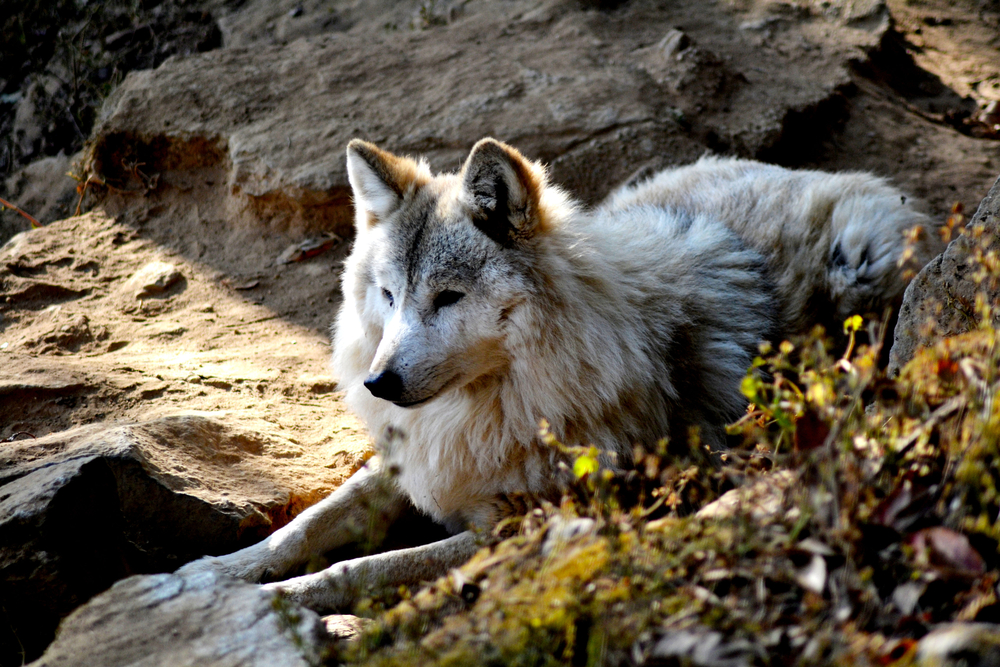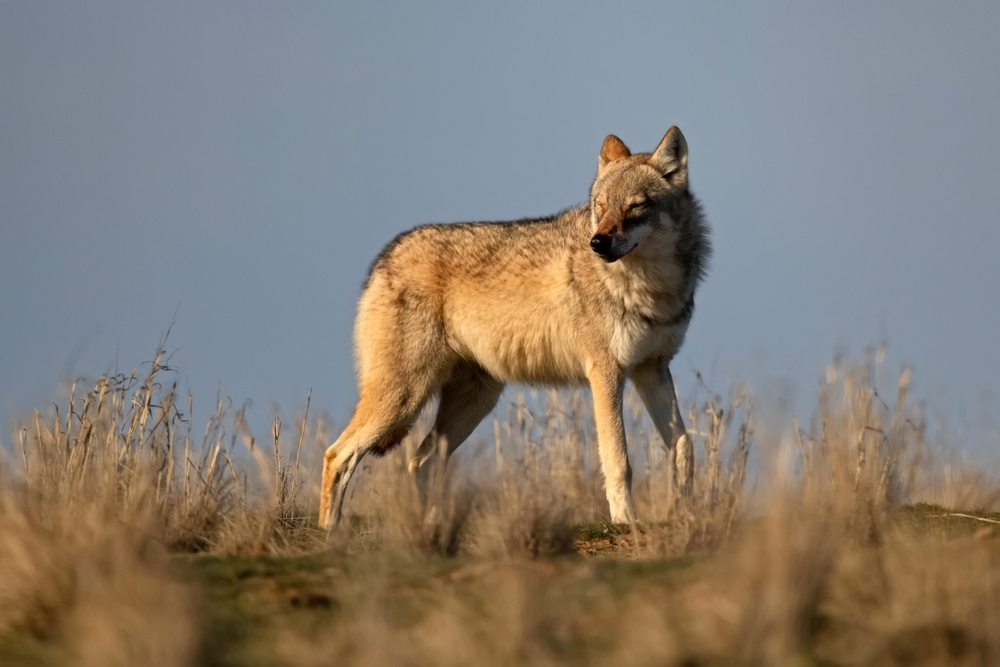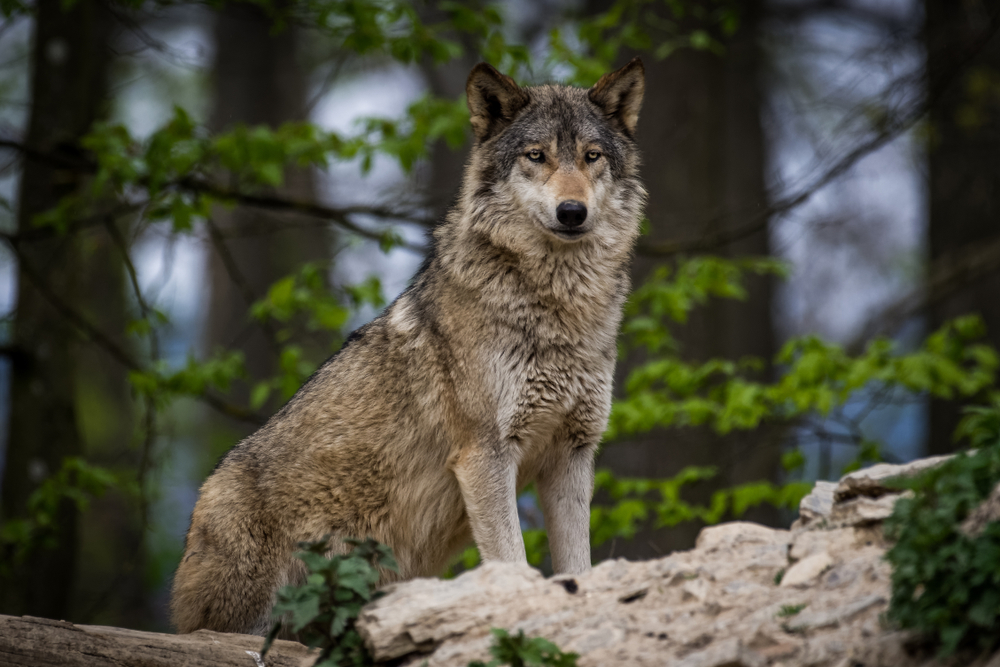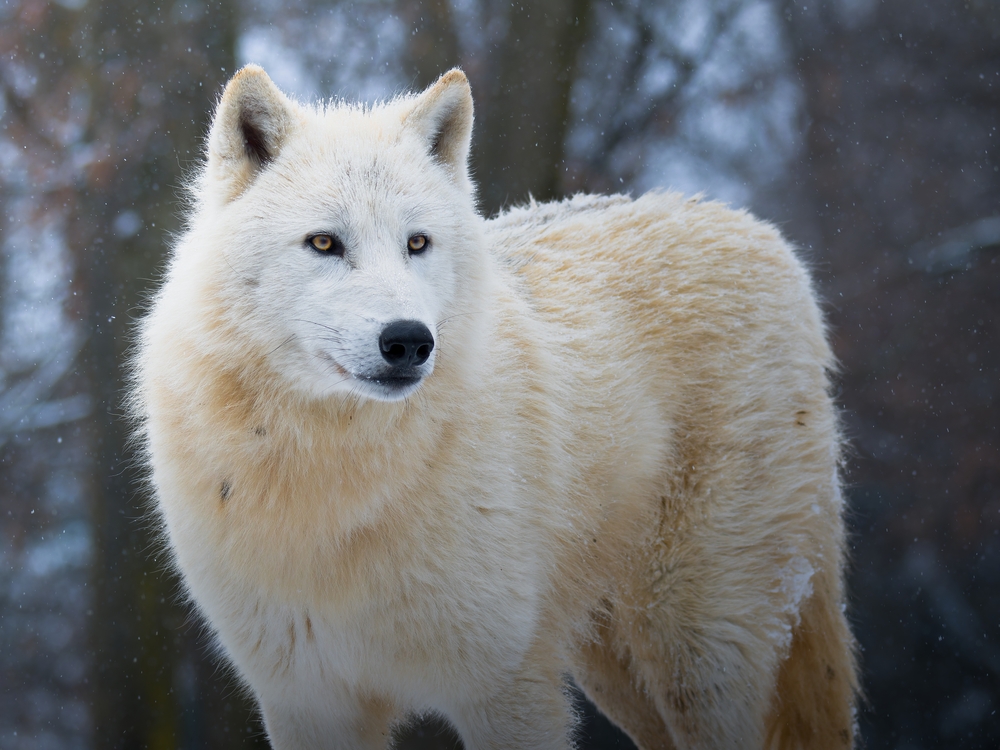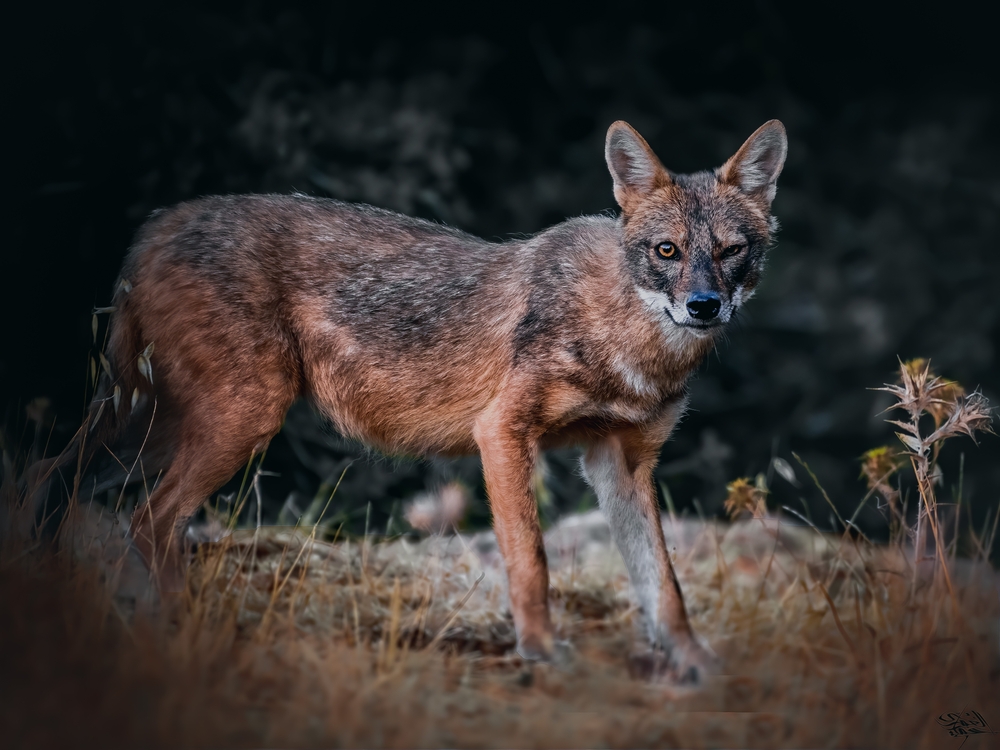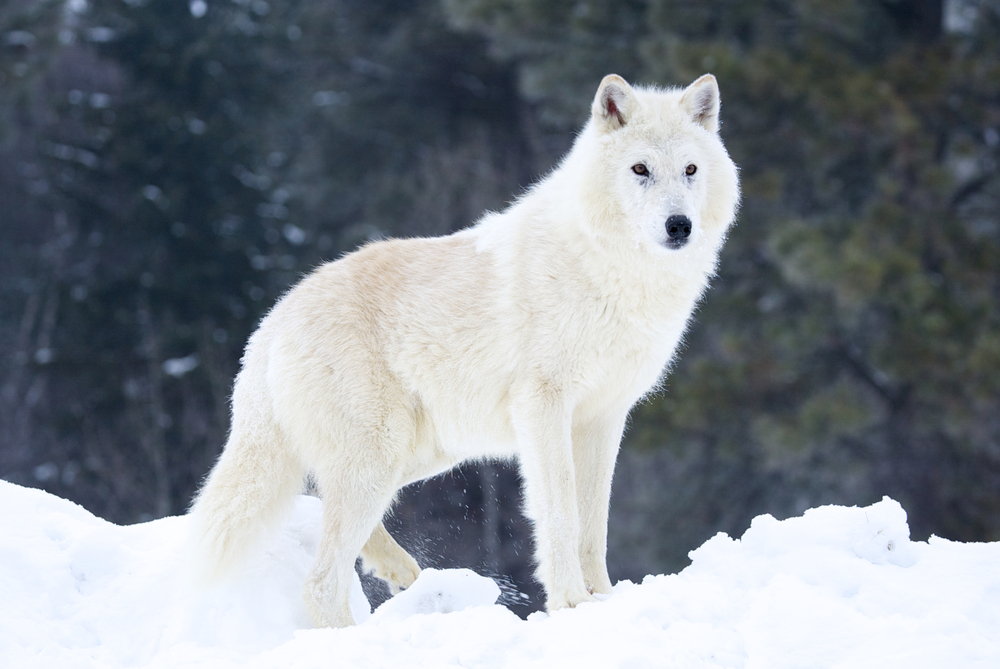About
#Mammals
The Himalayan wolf (Canis lupus chanco or Canis lupus himalayensis, depending on classification) is a high-altitude subspecies of the gray wolf found across the Himalayan mountain range, particularly in northern India, Nepal, and the Tibetan Plateau. Part of the Canidae family, this wolf is uniquely adapted to cold, oxygen-scarce environments, making it one of the most genetically distinct and evolutionarily ancient gray wolf lineages known.
Himalayan wolves are slightly smaller than their lowland cousins, with a lean frame, long legs, and thick, woolly fur ranging from pale cream to grayish-brown—providing excellent insulation in frigid alpine conditions. They are distinguished by their broad skull, large lungs, and specific hemoglobin traits that allow them to thrive at altitudes over 4,000 meters (13,000 feet), where oxygen levels are low and temperatures often fall below freezing.
Living in small family groups or solitary pairs, Himalayan wolves primarily prey on wild ungulates like bharal (blue sheep), Himalayan tahr, and marmots, but may also scavenge or prey on livestock, which sometimes brings them into conflict with local herders. Their elusive nature and harsh habitat have made them difficult to study, and much of their behavior and population dynamics remain poorly understood.
Conservationists believe the Himalayan wolf may deserve classification as a distinct species due to its unique genetics and adaptations. Despite its importance to the region’s ecosystem, it faces significant threats from human conflict, retaliatory killings, habitat loss, and lack of formal protection. It is currently listed as Endangered in parts of its range.
Efforts are underway to raise awareness, promote coexistence with local communities, and secure habitat corridors to ensure the survival of this remarkable high-altitude predator.
Threatened:
Extinct
Critically Endangered
Endangered
Vulnerable
Near Threatened
Least Concern



































































